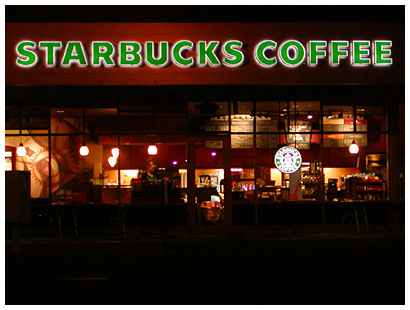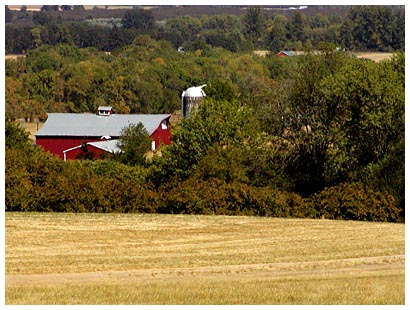I'm 30 + Books!
Yesterday was my birthday and I turned the big 3-0. sk and I made a trip to Powells, where I broke down and bought Christopher Alexander's latest, The Nature of Order. (The first in a series.) I thought I could live without it, but I was fascinated looking through it at the store. As I turned the pages, I thought of The Mythic Image by Joseph Campbell—not because the content is similar, but their structure. They both seem to be vast meditations making connection after connection between seemingly disparate things. I can't wait to dive into it and find out. Last night I read through half of a gift from sk, City of Glass—Douglas Coupland's book about Vancouver. She also gave me Al Franken's latest which should be a fun one. I just finished re-reading Pure Heart, Enlightened Mind. It's my 2nd or 3rd time to read it, and I did much better following the Japanese names this time. I got the uneasy feeling halfway through that she wouldn't have wanted her journal published. I have mixed feelings about the book now.



